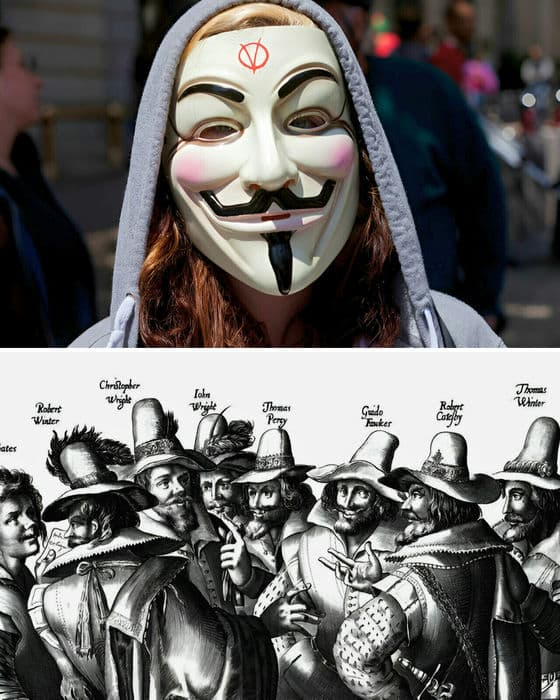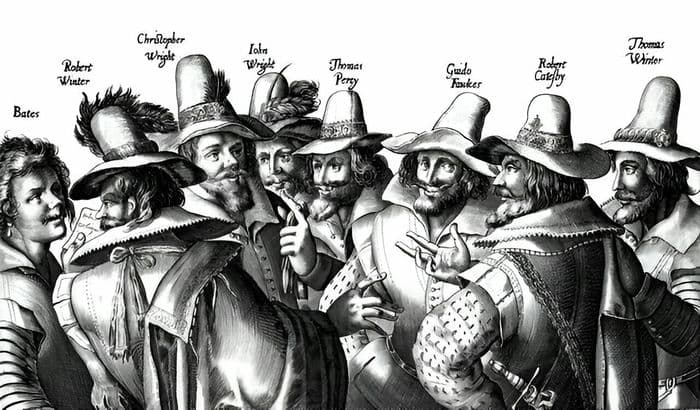Guy Fawkes, a name synonymous with the infamous Gunpowder Plot, has become a symbol of rebellion. The mask representing him is now a global icon for resistance. But who was the man behind the mask? Let’s delve into the life and legacy of Guy Fawkes.

Early Life of Guy Fawkes
Born in 1570 in York, England, Guy Fawkes was baptized on April 13th. His father, Edward Fawkes, was a prominent proctor. His mother, Edith, came from a family with strong recusant Catholic ties. This religious background profoundly influenced Fawkes’s future actions.
Conversion and Military Experience
In the 1590s, Fawkes converted to Catholicism, a decision that shaped his destiny. Seeking to fight for his faith, he joined the Spanish army in Flanders. Here, he gained valuable military experience and a reputation for bravery. This period cemented his dedication to the Catholic cause.
The Genesis of the Gunpowder Plot

By 1604, Fawkes had joined a group of English Catholics led by Robert Catesby. Their goal was radical: to assassinate King James I and restore a Catholic monarch to the throne. The plan involved detonating explosives beneath the House of Lords during the State Opening of Parliament.
Role in the Plot
Fawkes’s military background made him the ideal candidate to handle the explosives. He was tasked with overseeing the 36 barrels of gunpowder stored in a cellar beneath the House of Lords. This crucial role marked Fawkes as a key player in the conspiracy.
The Night of November 5th

On the night of November 5, 1605, authorities, tipped off by an anonymous letter, discovered Fawkes guarding the gunpowder. He was immediately arrested. Under torture, Fawkes revealed the details of the plot, leading to the capture of his fellow conspirators.
Trial and Execution
In January 1606, Fawkes and his co-conspirators were tried and found guilty of high treason. The punishment was severe: they were to be hanged, drawn, and quartered. Fawkes’s execution on January 31, 1606, was a gruesome end to his part in the Gunpowder Plot.
Legacy and Symbolism
Despite his failure, Guy Fawkes’s legacy endures. His image, immortalized by the mask, symbolizes defiance against oppression. Each year on November 5th, Bonfire Night commemorates the plot’s failure with fireworks and effigies, keeping Fawkes’s memory alive.
Conclusion
Guy Fawkes remains a figure of intrigue and rebellion. His story, from fervent Catholic to conspirator, captivates and inspires. As we remember the Gunpowder Plot, we reflect on the complex history of faith, power, and resistance that Fawkes represents.
